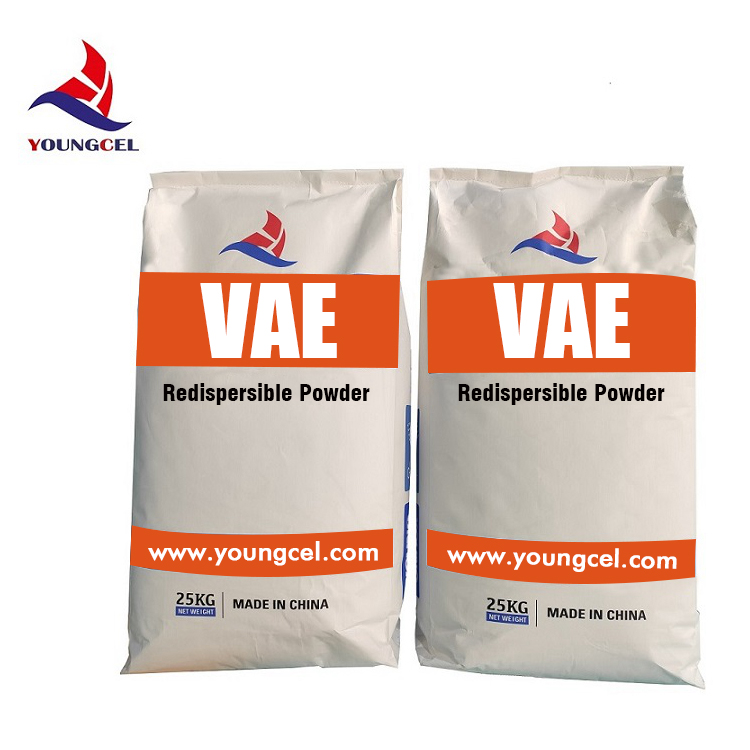The Evolution and Impact of Chemical Paints in Modern Industry
Chemical paints, often referred to as industrial coatings or synthetic paints, have revolutionized various sectors by offering enhanced durability, aesthetics, and protection for a multitude of surfaces. From automobiles to buildings, the versatility and functionality of chemical paints have made them a staple in manufacturing and construction. This article will delve into the composition, benefits, and future trends of chemical paints.
Composition of Chemical Paints
Chemical paints typically consist of four main components pigments, binders, solvents, and additives.
1. Pigments These are finely ground particles that provide color and opacity. They can be organic or inorganic and serve to enhance the visual appeal of the paint. Pigments are crucial not only for aesthetics but also for the paint's durability, as certain pigments can enhance resistance to UV degradation and chemical exposure.
2. Binders Binders are the film-forming agents that bind the pigments together and provide adhesion to the surface being coated. Common binders include acrylics, polyurethanes, and epoxies. The choice of binder significantly impacts the paint's properties, including gloss, flexibility, and resistance to environmental factors.
3. Solvents Solvents are used to dissolve the binder and disperse the pigments, allowing for easy application. While traditional chemical paints relied heavily on volatile organic compounds (VOCs) as solvents, there has been a significant shift towards water-based formulations that minimize environmental impact and improve indoor air quality.
4. Additives These are supplementary materials added to enhance specific qualities such as drying time, anti-foaming properties, and UV resistance. The incorporation of additives allows manufacturers to tailor the paint to meet specific requirements of various applications.
Benefits of Chemical Paints
Chemical paints offer numerous advantages, making them indispensable in numerous industries
1. Durability One of the primary benefits of chemical paints is their long-lasting nature. They provide excellent adhesion and resistance to abrasion, chemicals, and environmental factors, making them ideal for both indoor and outdoor applications.
chemical paint

2. Versatility Chemical paints come in a wide range of formulations suitable for different materials, including wood, metal, plastic, and concrete. This versatility makes them applicable in various industries, from automotive to aerospace and construction.
3. Aesthetic Appeal With advancements in technology, chemical paints can achieve a variety of finishes, including matte, glossy, and textured surfaces. This allows designers and architects to select finishes that complement their projects effectively.
4. Ease of Application Most chemical paints are designed for easy application, whether by brush, roller, or spray. Improved formulations also reduce drying times, allowing for quicker project completion.
5. Environmental Considerations The current trend is moving towards more sustainable practices. Many manufacturers are developing low-VOC or VOC-free paints that reduce air pollution and improve safety for workers.
Future Trends in Chemical Paints
The future of chemical paints is poised for even more innovation as industries increasingly prioritize sustainability and performance.
1. Biodegradable and Eco-Friendly Options The push for environmentally friendly products will lead to the development of biodegradable paints made from natural materials. These innovations will help reduce the ecological footprint of paint products.
2. Smart Coatings Advances in technology are paving the way for smart coatings that can change color, provide self-cleaning properties, or even emit light. These coatings will open new avenues in design and functionality.
3. Enhanced Performance Properties Research into nanotechnology is enabling the formulation of paints with enhanced properties, such as increased toughness, lower weight, and improved thermal insulation.
In conclusion, chemical paints have become an integral part of modern manufacturing and construction, offering a combination of durability, versatility, and aesthetic appeal. As the industry evolves, ongoing innovations will likely redefine the standards for performance and sustainability, ensuring that chemical paints remain relevant in an ever-changing world.






